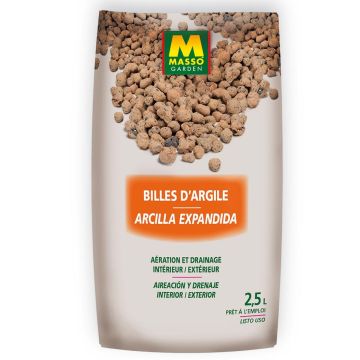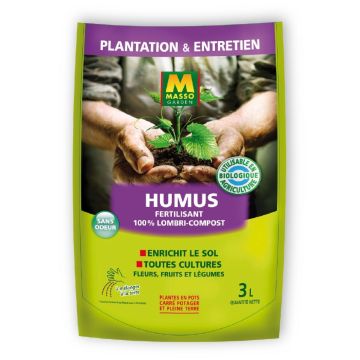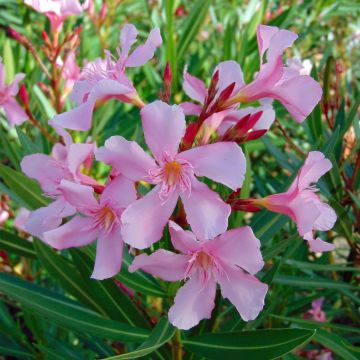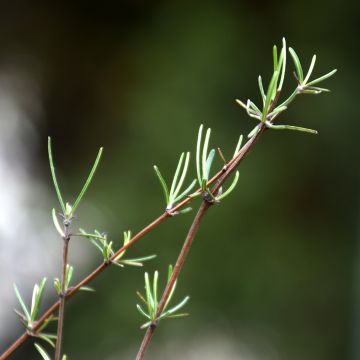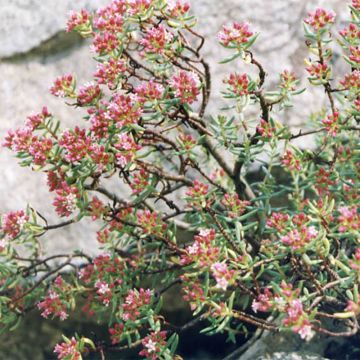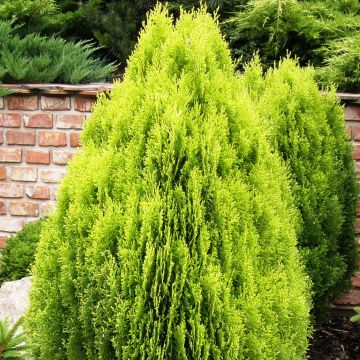

Chamaedorea elegans Collinea seeds - Mountain palm
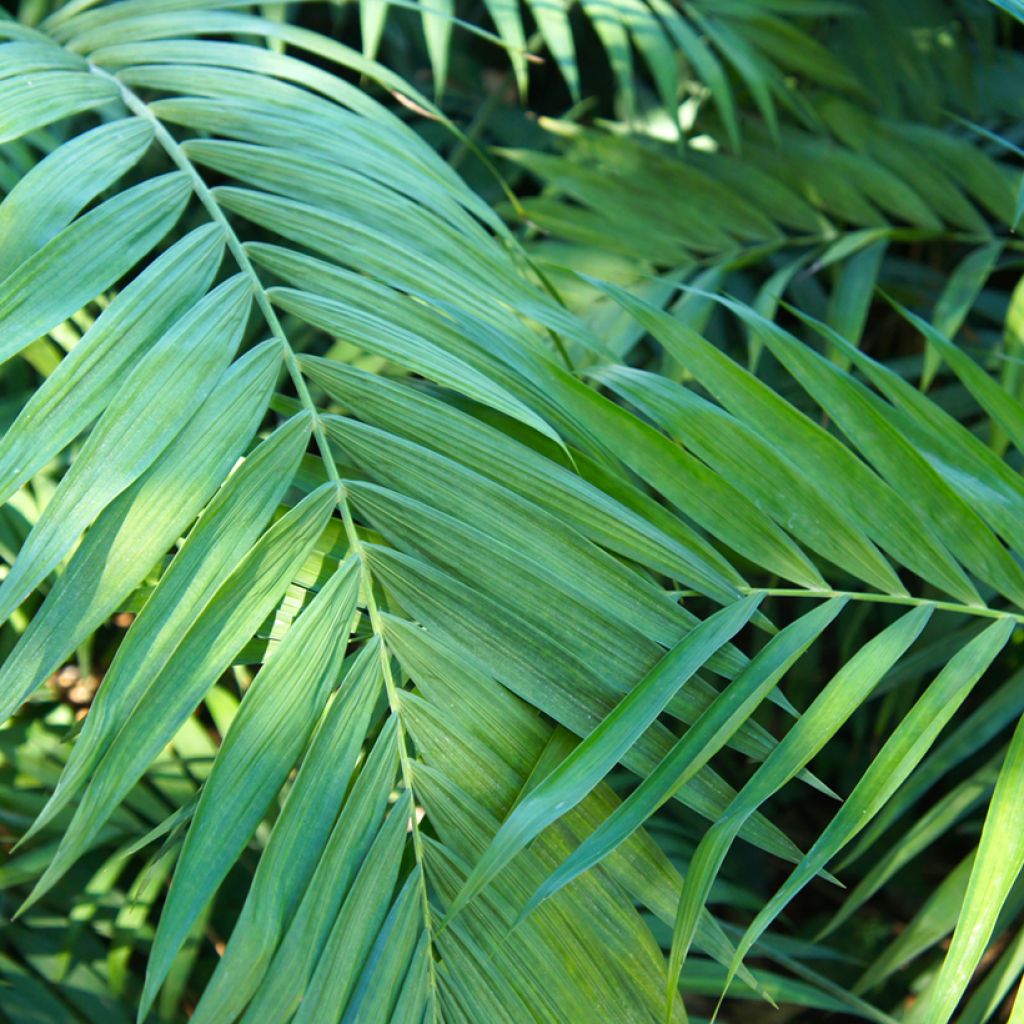

Chamaedorea elegans Collinea seeds - Mountain palm
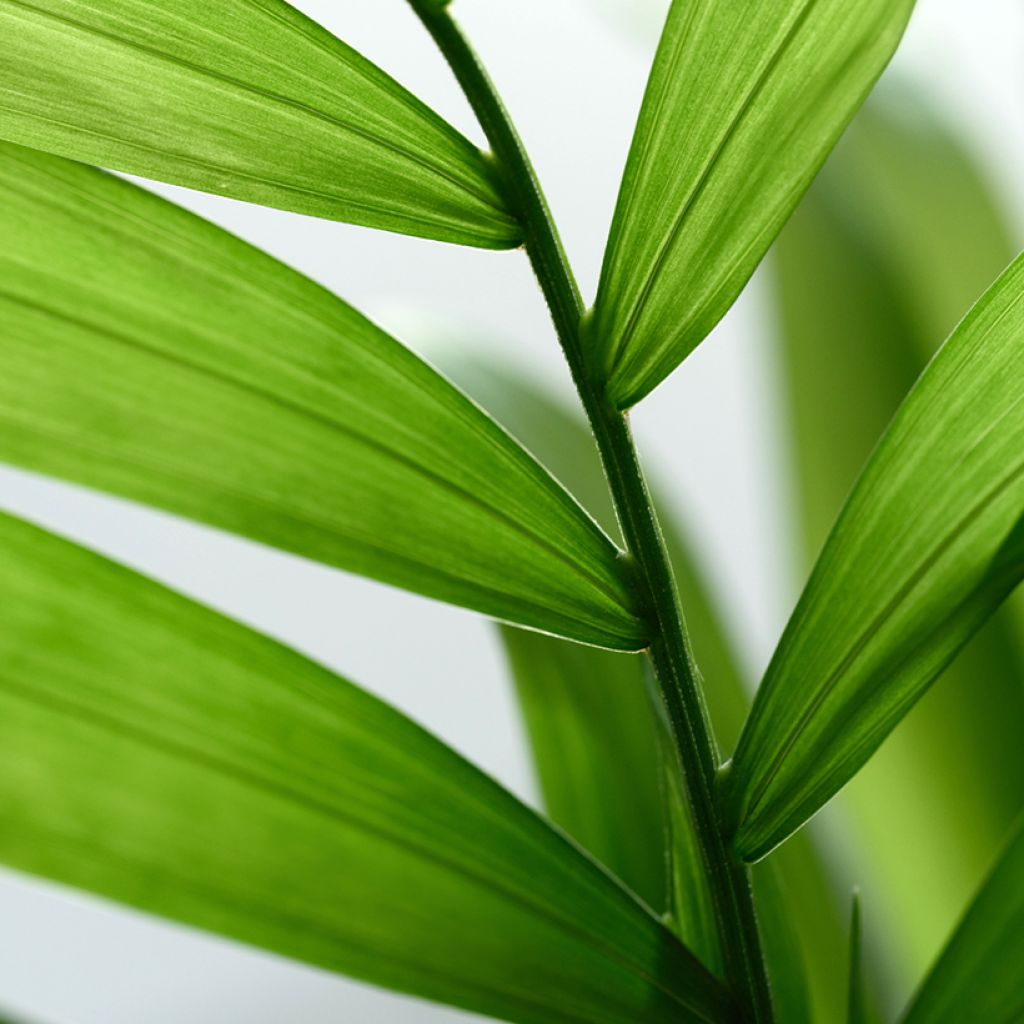

Chamaedorea elegans Collinea seeds - Mountain palm


Chamaedorea elegans Collinea seeds - Mountain palm
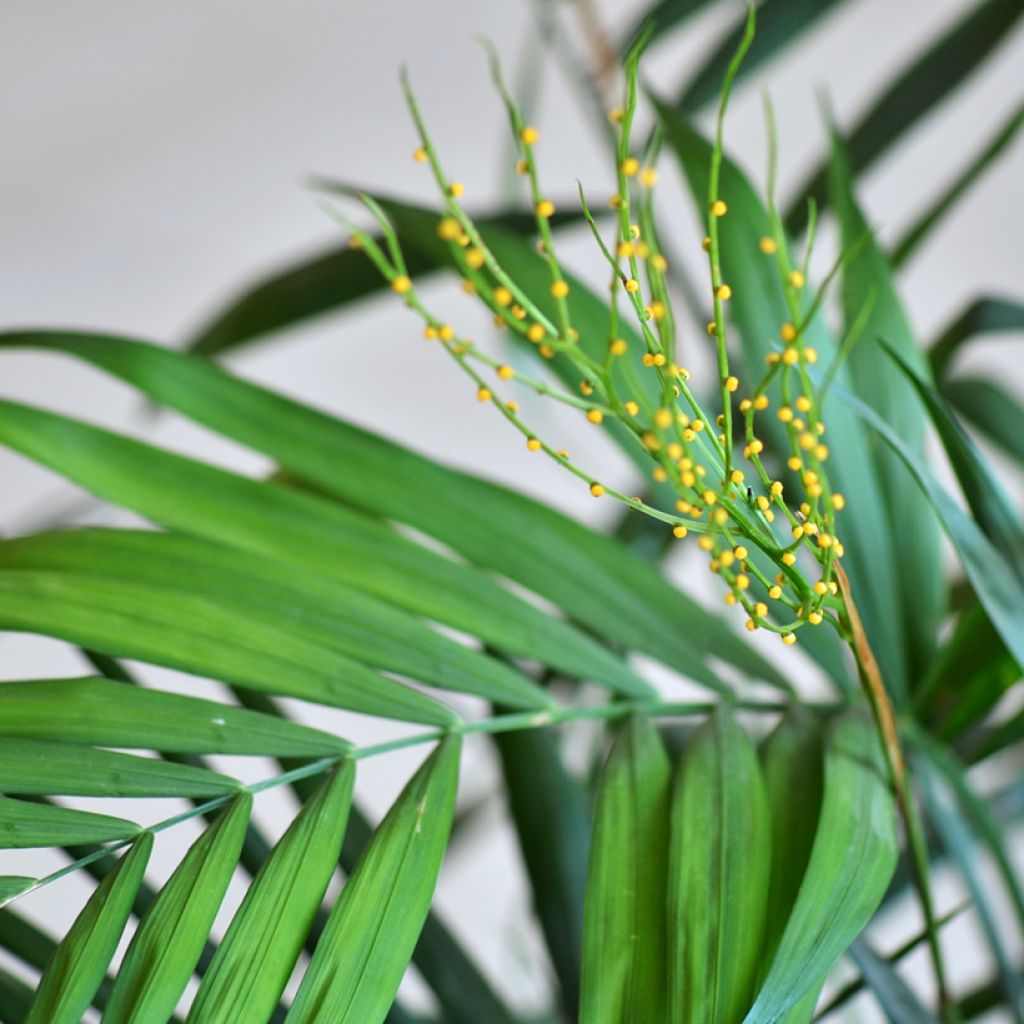

Chamaedorea elegans Collinea seeds - Mountain palm
Chamaedorea elegans Collinea seeds - Mountain palm
Chamaedorea elegans Collinea
Parlour palm, Dwarf mountain palm, Parlor palm
Special offer!
Receive a €20 voucher for any order over €90 (excluding delivery costs, credit notes, and plastic-free options)!
1- Add your favorite plants to your cart.
2- Once you have reached €90, confirm your order (you can even choose the delivery date!).
3- As soon as your order is shipped, you will receive an email containing your voucher code, valid for 3 months (90 days).
Your voucher is unique and can only be used once, for any order with a minimum value of €20, excluding delivery costs.
Can be combined with other current offers, non-divisible and non-refundable.
Home or relay delivery (depending on size and destination)
Schedule delivery date,
and select date in basket
This plant carries a 6 months recovery warranty
More information
We guarantee the quality of our plants for a full growing cycle, and will replace at our expense any plant that fails to recover under normal climatic and planting conditions.
Would this plant suit my garden?
Set up your Plantfit profile →
Description
Chamaedorea elegans 'Collinea' is a selection of the Mountain Palm native to Mexico. This dwarf and slow-growing palm adapts well to indoor environments, where light levels can be low during winter. Rarely flowering under these conditions, it is primarily its beautiful, divided foliage that is decorative. Perfect for adding a tropical touch to your decor, it can also be acclimatised in shaded and cool gardens along the Mediterranean coast. It propagates fairly easily through sowing.
Chamaedorea belongs to the Arecaceae family, alongside 190 other genera (and over 2,500 species), some of which are hardy enough to thrive in our temperate climates—the "palm" award going to Rhapidophyllum hystrix, capable of enduring temperatures as low as -20°C! The Chamaedorea genus comprises 107 species found from Mexico to tropical South America. Chamaedorea elegans is native to southern Mexico, Guatemala, and eastern Belize. It grows in mountainous areas, up to 1,500 m in altitude, in dark undergrowth and humid forests of evergreen leafy trees, often impenetrable. In these humid tropical conditions, sometimes tempered by altitude, it develops into groups of dense bushes, composed of tightly packed stipes (false trunks), reaching no more than 3 m in height. They bear a limited number of leaves, on average 5 to 15, each adorned with 20 to 40 medium-green leaflets. The plant measures about 2.50 m in diameter, and the pinnate leaves gracefully arch on either side of the stipe. This species is dioecious, meaning male and female flowers grow on separate plants. The inflorescences are branched, upright panicles, often developing beneath the crown of leaves and reaching up to 1 m in length. The female flowers are yellow and, after fertilisation, produce small globose, 6 mm diameter fruits, turning from red-orange to black when ripe, containing a single seed. This seed ensures the species' survival, as this palm does not produce basal shoots. When sowing, it is advisable to transplant several young plants into the same pot to achieve the lush, ornamental appearance characteristic of the species.
The more compact 'Collinea' variety is well suited to indoor cultivation. After 10 years of pot cultivation, this compact palm will form a clump approximately 1.50 m to 1.80 m tall and 1.20 m wide. The pinnate leaves typically measure 20 to 40 cm long, ranging from medium to dark green, though some specimens may be lighter. However, overly pale or yellowing foliage indicates poor growing conditions. It rarely flowers indoors, but specimens planted outdoors in the mildest regions may produce inflorescences.
Chamaedorea elegans 'Collinea' is perfect for adding a tropical note to indoor spaces, even in low-light rooms. Pair it with ornamental ferns to create a striking and serene display. Outdoors, in sheltered gardens, plant it under the shade of taller plants to protect it from harsh sunlight. It has similar cultivation requirements to the charming Rhapis excelsa, the Broadleaf Lady Palm, alongside which it can be planted. Hedychium gardnerianum, with its broad leaves and tall, distinctly tropical flower spikes, will also make an excellent companion.
Report an error about the product description
Chamaedorea elegans Collinea seeds - Mountain palm in pictures




Flowering
Foliage
Plant habit
Botanical data
Chamaedorea
elegans
Collinea
Arecaceae
Parlour palm, Dwarf mountain palm, Parlor palm
Neanthe bella, Neanthe elegans
Cultivar or hybrid
Planting and care
You can sow the indoor palm Chamaedorea elegans 'Collinea' year-round, indoors and in warmth, but it's best sown between March and September.
Soak the seeds in lukewarm water for 24 hours to soften their shell and thus facilitate germination. Sow in a heated propagator, maintaining a temperature of 25°C to 28°C. Use a mix of 75% seed compost and 25% sand or perlite to maintain some humidity while avoiding excess water. Bury the seeds horizontally, 1 to 2 cm deep. Water well and keep the substrate slightly moist at all times. Germination may take 20 to 42 days. Once the seedlings have developed two leaves, transplant them into individual 7 cm pots, without disturbing the root ball. The young palms can then be repotted into 12 to 14 cm diameter pots at the 4 to 6-leaf stage. After one year, repot them into a larger container (3-litre or more) or plant them out in spring, depending on their vigour. This is only possible on the Mediterranean coast, in partial shade.
Cultivation:
This palm exhibits fairly slow growth, whether in pots or in the ground. In southern regions, it can be planted along the coast, particularly on the Mediterranean coast, protected from direct sunlight, which scorches the foliage. Shade from taller plants is also essential to maintain some atmospheric humidity through their transpiration. Of tropical origin, this palm enjoys humidity and dislikes drought. The ideal climate for it is both mild winters and higher-than-average humidity levels. It will also thrive in a shaded courtyard in the south, which will protect it from winter cold (which can destroy it at -4°C), and where it can easily be misted during heatwaves.
Elsewhere, it must be grown in containers indoors and can be placed outside in shade during the warmer months. It tolerates the attenuated light of our interiors very well, and its compact habit and slow growth are definite advantages for pot cultivation. Water regularly but not excessively, reducing frequency in winter. Add liquid houseplant fertiliser to the watering once a month from spring to autumn. Mist your palm occasionally and watch for possible spider mite infestations, which are particularly harmful to this species. They thrive in overly dry atmospheric conditions.
Sowing period
Intended location
This item has not been reviewed yet - be the first to leave a review about it.
Similar products
Haven't found what you were looking for?
Hardiness is the lowest winter temperature a plant can endure without suffering serious damage or even dying. However, hardiness is affected by location (a sheltered area, such as a patio), protection (winter cover) and soil type (hardiness is improved by well-drained soil).

Photo Sharing Terms & Conditions
In order to encourage gardeners to interact and share their experiences, Promesse de fleurs offers various media enabling content to be uploaded onto its Site - in particular via the ‘Photo sharing’ module.
The User agrees to refrain from:
- Posting any content that is illegal, prejudicial, insulting, racist, inciteful to hatred, revisionist, contrary to public decency, that infringes on privacy or on the privacy rights of third parties, in particular the publicity rights of persons and goods, intellectual property rights, or the right to privacy.
- Submitting content on behalf of a third party;
- Impersonate the identity of a third party and/or publish any personal information about a third party;
In general, the User undertakes to refrain from any unethical behaviour.
All Content (in particular text, comments, files, images, photos, videos, creative works, etc.), which may be subject to property or intellectual property rights, image or other private rights, shall remain the property of the User, subject to the limited rights granted by the terms of the licence granted by Promesse de fleurs as stated below. Users are at liberty to publish or not to publish such Content on the Site, notably via the ‘Photo Sharing’ facility, and accept that this Content shall be made public and freely accessible, notably on the Internet.
Users further acknowledge, undertake to have ,and guarantee that they hold all necessary rights and permissions to publish such material on the Site, in particular with regard to the legislation in force pertaining to any privacy, property, intellectual property, image, or contractual rights, or rights of any other nature. By publishing such Content on the Site, Users acknowledge accepting full liability as publishers of the Content within the meaning of the law, and grant Promesse de fleurs, free of charge, an inclusive, worldwide licence for the said Content for the entire duration of its publication, including all reproduction, representation, up/downloading, displaying, performing, transmission, and storage rights.
Users also grant permission for their name to be linked to the Content and accept that this link may not always be made available.
By engaging in posting material, Users consent to their Content becoming automatically accessible on the Internet, in particular on other sites and/or blogs and/or web pages of the Promesse de fleurs site, including in particular social pages and the Promesse de fleurs catalogue.
Users may secure the removal of entrusted content free of charge by issuing a simple request via our contact form.
The flowering period indicated on our website applies to countries and regions located in USDA zone 8 (France, the United Kingdom, Ireland, the Netherlands, etc.)
It will vary according to where you live:
- In zones 9 to 10 (Italy, Spain, Greece, etc.), flowering will occur about 2 to 4 weeks earlier.
- In zones 6 to 7 (Germany, Poland, Slovenia, and lower mountainous regions), flowering will be delayed by 2 to 3 weeks.
- In zone 5 (Central Europe, Scandinavia), blooming will be delayed by 3 to 5 weeks.
In temperate climates, pruning of spring-flowering shrubs (forsythia, spireas, etc.) should be done just after flowering.
Pruning of summer-flowering shrubs (Indian Lilac, Perovskia, etc.) can be done in winter or spring.
In cold regions as well as with frost-sensitive plants, avoid pruning too early when severe frosts may still occur.
The planting period indicated on our website applies to countries and regions located in USDA zone 8 (France, United Kingdom, Ireland, Netherlands).
It will vary according to where you live:
- In Mediterranean zones (Marseille, Madrid, Milan, etc.), autumn and winter are the best planting periods.
- In continental zones (Strasbourg, Munich, Vienna, etc.), delay planting by 2 to 3 weeks in spring and bring it forward by 2 to 4 weeks in autumn.
- In mountainous regions (the Alps, Pyrenees, Carpathians, etc.), it is best to plant in late spring (May-June) or late summer (August-September).
The harvesting period indicated on our website applies to countries and regions in USDA zone 8 (France, England, Ireland, the Netherlands).
In colder areas (Scandinavia, Poland, Austria...) fruit and vegetable harvests are likely to be delayed by 3-4 weeks.
In warmer areas (Italy, Spain, Greece, etc.), harvesting will probably take place earlier, depending on weather conditions.
The sowing periods indicated on our website apply to countries and regions within USDA Zone 8 (France, UK, Ireland, Netherlands).
In colder areas (Scandinavia, Poland, Austria...), delay any outdoor sowing by 3-4 weeks, or sow under glass.
In warmer climes (Italy, Spain, Greece, etc.), bring outdoor sowing forward by a few weeks.






























